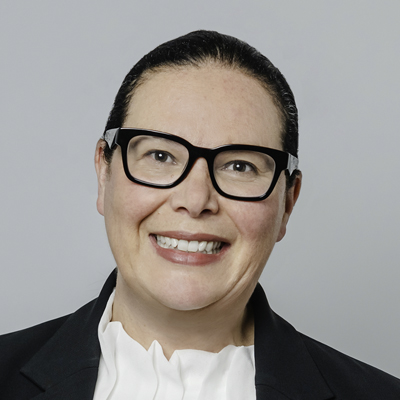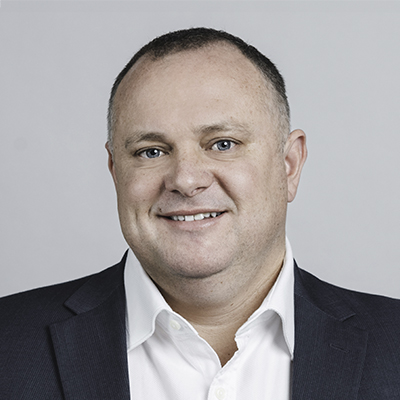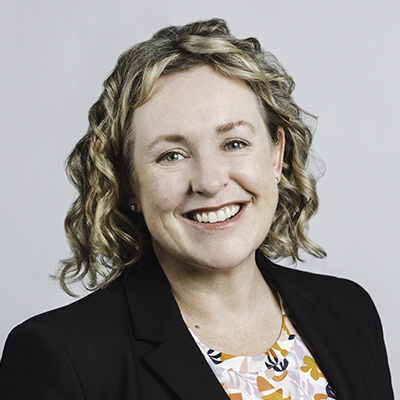What should you do with the family home in retirement?
There comes a time when the kids move out, you’re ready to travel or you’re getting older and the family home starts to become too big or too hard to maintain.
While the emotional connection to the home creates a reluctance to sell, the potential impact of downsizing on Centrelink entitlements has also acted as a disincentive for many. So the Government has announced new laws aimed at making downsizing more attractive and unlocking much-needed housing for younger families.

Pros of downsizing
- Those aged 65 and over will be able to make an additional super contribution of up to $300,000 each from the sale of their family home ($600,000 combined).
- This contribution can be made no matter how much you already have in super.
- The work test won’t apply to this contribution and it won’t count towards your non-concessional contributions cap.
Cons of downsizing
- The net proceeds of the sale are assessable for the Age Pension Assets Test, so it is likely to reduce your Centrelink Age Pension entitlements.
- For those in aged care, it will also increase assessable assets and is therefore likely to increase aged care fees.
What are the considerations?
There are important timing issues to consider, particularly if you’re making contributions as part of a couple or making different types of contributions in a single financial year. Also, the downsizer contribution must be made within 90 days of the sale and you must have owned the property for at least 10 years. Finally, if you wish to make a downsizer contribution to a Self-managed Super Fund (SMSF) a review of the trust deed will be required to ensure the fund is able to accept this type of contribution.
So, if you, other members of your family or friends are considering making a downsizer contribution, it’s important to talk to your adviser to understand the implications.
What if you don’t want to leave your family home?
If you’re not thrilled with the prospect of house-hunting and the emotional upheaval of leaving the family home, you can explore other strategies to unlock home equity without having to move.
1. Use a reverse mortgage
A reverse mortgage is a type of home loan that allows you to borrow money using the equity in your home as security.
Pros:
-
Delivers additional income throughout retirement and providing you draw-down on your reverse mortgage as an income stream it won’t be assessable for Age Pension or aged care purposes.
Cons:
-
Interest rates are typically higher than for other types of loans and debt can grow quickly due to compounding.
2. Use the Pension Loan Scheme (PLS) to generate more income
The Pension Loan Scheme (PLS) is essentially a reverse mortgage provided by the Government. The Government takes a stake in your home and receives the money back (with interest) when the property is sold or from your Estate.
Pros:
- A relatively straightforward way to generate additional retirement income without leaving the family home.
- The interest rate charged (currently 5.25% p.a.) is typically cheaper than a reverse mortgage from a bank.
- From 1st July 2019 retirees on a full Age Pension will be able to access the PLS for the first time and top-up their income by a greater amount. A couple receiving the full Age Pension of $35,000 could receive up to 1.5 times the full pension via the PLS, increasing their annual income to $53,000.
Cons:
- Unlike a reverse mortgage from a bank, PLS income will be included in aged care means testing, so using the scheme can significantly increase aged care costs.
Ready to generate more income in retirement?
Depending on your current situation and retirement goals, any one of these strategies could be right for you. Seeking expert financial advice can help you navigate your options and pick one that will help you achieve your lifestyle goals on your terms.
Take the next step with your retirement
General advice disclaimer: This article has been prepared by FMD Financial and is intended to be a general overview of the subject matter. The information in this article is not intended to be comprehensive and should not be relied upon as such. In preparing this article we have not taken into account the individual objectives or circumstances of any person. Legal, financial and other professional advice should be sought prior to applying the information contained on this article to particular circumstances. FMD Financial, its officers and employees will not be liable for any loss or damage sustained by any person acting in reliance on the information contained on this article. FMD Group Pty Ltd ABN 99 103 115 591 trading as FMD Financial is a Corporate Authorised Representative of FMD Advisory Services Pty Ltd AFSL 232977. The FMD advisers are Authorised Representatives of FMD Advisory Services Pty Ltd AFSL 232977. Rev Invest Pty Ltd is a Corporate Authorised Representative of FMD Advisory Services Pty Ltd AFSL 232977.



















